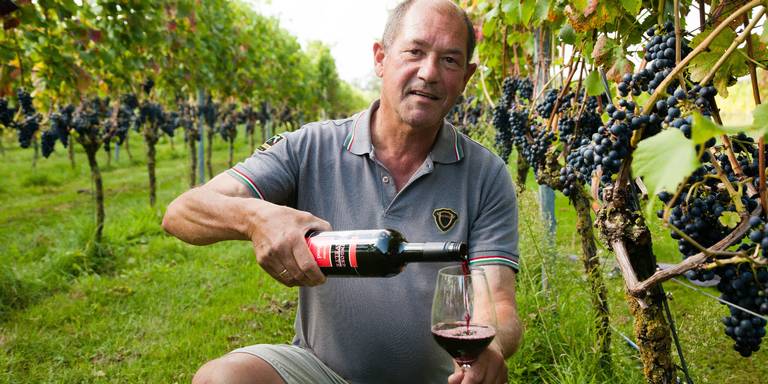
Downy mildew, caused by the fungus Plasmopara viticola, develops during warm and humid periods. It is one of the most annoying, common fungal infections in viticulture. After overwintering the spores on remaining leaves, at temperatures above 10°C, the first best rain will cause the primary infection. If the primary infection could not be prevented, there will be increased infection pressure again after the incubation period. In the case of infestation of flowers, there is a good chance of not having to harvest at the end of the season.
Preventive treatment is therefore very important in preventing and controlling infestations by downy mildew. When infestation does occur in the field, the fungus will quickly develop and provide a secondary infection. This secondary infection occurs because the spores spread through the wind and rain to other vines, where they will attack the grapes. Unfortunately, controlling downy mildew is not easy. The rapid spread and long incubation time (7-12 days) make it difficult to stay ahead of the fungus. Especially also because the first symptoms are only visible while the infection has been going on for a long time.
Due to the difficult control of downy mildew, vintner Peter Pels of Havelte winery, among others, has a FieldMate in his vineyard. "By using the SmartFarm app, I can now take preventive action to avoid damage from downy mildew" says Peter. "Because I can now see risky days coming up, I can plan spraying more consciously and better substantiated. Subconsciously, this still makes you feel more confident than when you do this solely on your own knowledge and expertise."
SmartFarm, in combination with the FieldMate, provides insight into the level of infection risk for downy mildew and offers assistance in determining the right spray timing. The models running behind the system were developed by the in-house expert team, by agrometeorologists Erno Bouma and Joost Nieveen. Among others, the disease warning system provides support for preventive crop protection by showing high infection pressure days in advance. In this way, the minimum spray interval allowed by law can be better met and plant health can be ensured.
By scheduling sprays at the best possible time of day, using the Spray Planner, the vines are better and longer protected from infection by downy mildew. When a spray does not pan out at the optimal time, it is still very important to know how high the effectiveness of the drug has been. If this was not optimal, then one knows that the risk of infection will be higher and a subsequent spraying will have to be done sooner or at a better time.
Stay informed
Keep up to date with the latest developments in SmartFarm

